Labrador – Introducing the Big Land
In the last post Alison and I visited Port aux Choix National Historic Site and ended it by writing that next we would be going to Labrador, but would be beginning our tour in Quebec. In this post I’ll explain how you get from the island of Newfoundland to Labrador via the province of Quebec. It’s a very interesting journey and one that every Canadian should undertake at least once in their lives. Join us and find out why.
Labrador – The Big Land
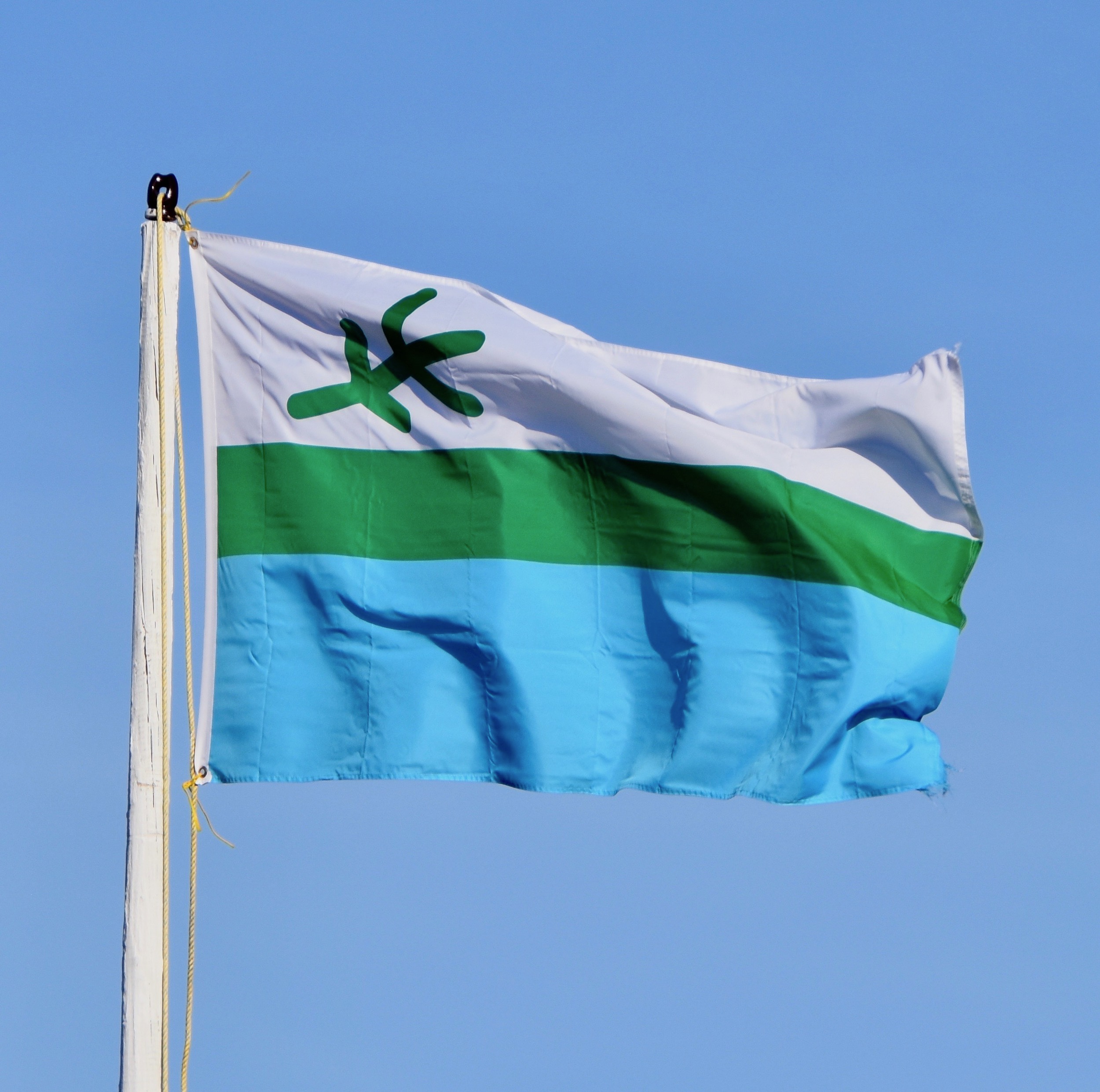
Labrador is twice the size of the island of Newfoundland. At over 294,000 sq. kms. (113,341 sq. miles) it’s much larger than Great Britain which has a population of around 65 million. Labrador’s population as of the last census was 27,197. That’s a figure that equates to .09 people per square kilometre which is perhaps why it is also known as the Big Land. That’s something that’s very hard to get your head around – a place this big with virtually nobody there. Until very recently, it saw very few visitors, with most of those being fishing tourists headed to the remote salmon and trout lodges that dot the rivers flowing into the Atlantic and Gulf of St. Lawrence.
In 1992 the 1,246 km. (775 mile) Trans-Labrador highway opened that connected western Labrador to southeast Labrador and provided the only way to drive out of Labrador without having to go through Newfoundland. This is not an easy highway to drive, even though much of it is now paved. There are vast stretches with no services.
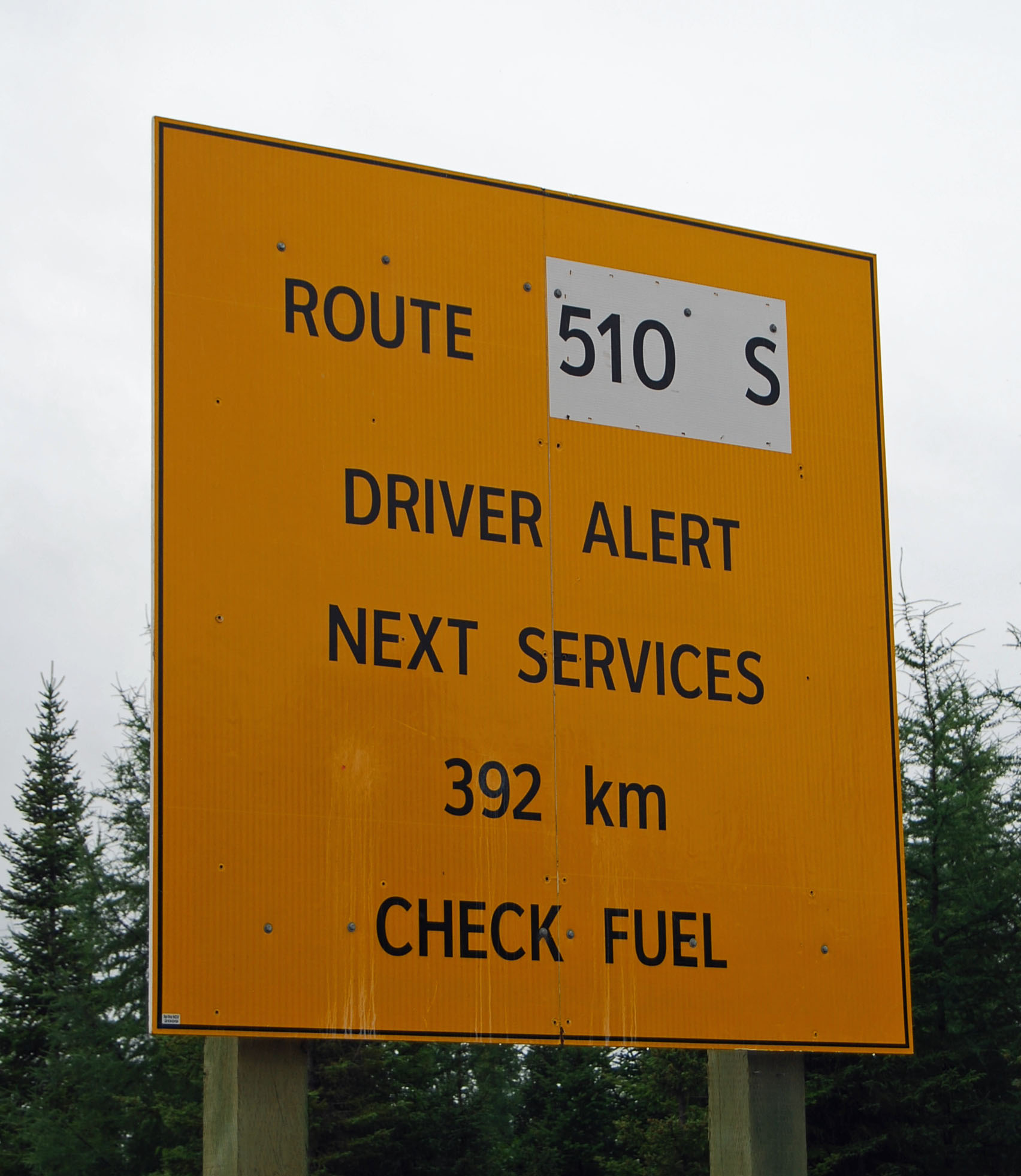
However, for me, driving this highway was an irresistible challenge so in 2011 I and my son Dale, who is a mechanic, undertook this trip in an RV. It was the adventure of a lifetime and I wrote about it for RV Gazette in two stories titled Crossing the Big Land which you can read here. Ever since then I have longed to return with Alison to explore portions of the southeast coast of Labrador which fascinated Dale and I in 2011, especially Point Amour, Red Bay and Battle Harbour all of which we will visit on this trip. So let’s get started.
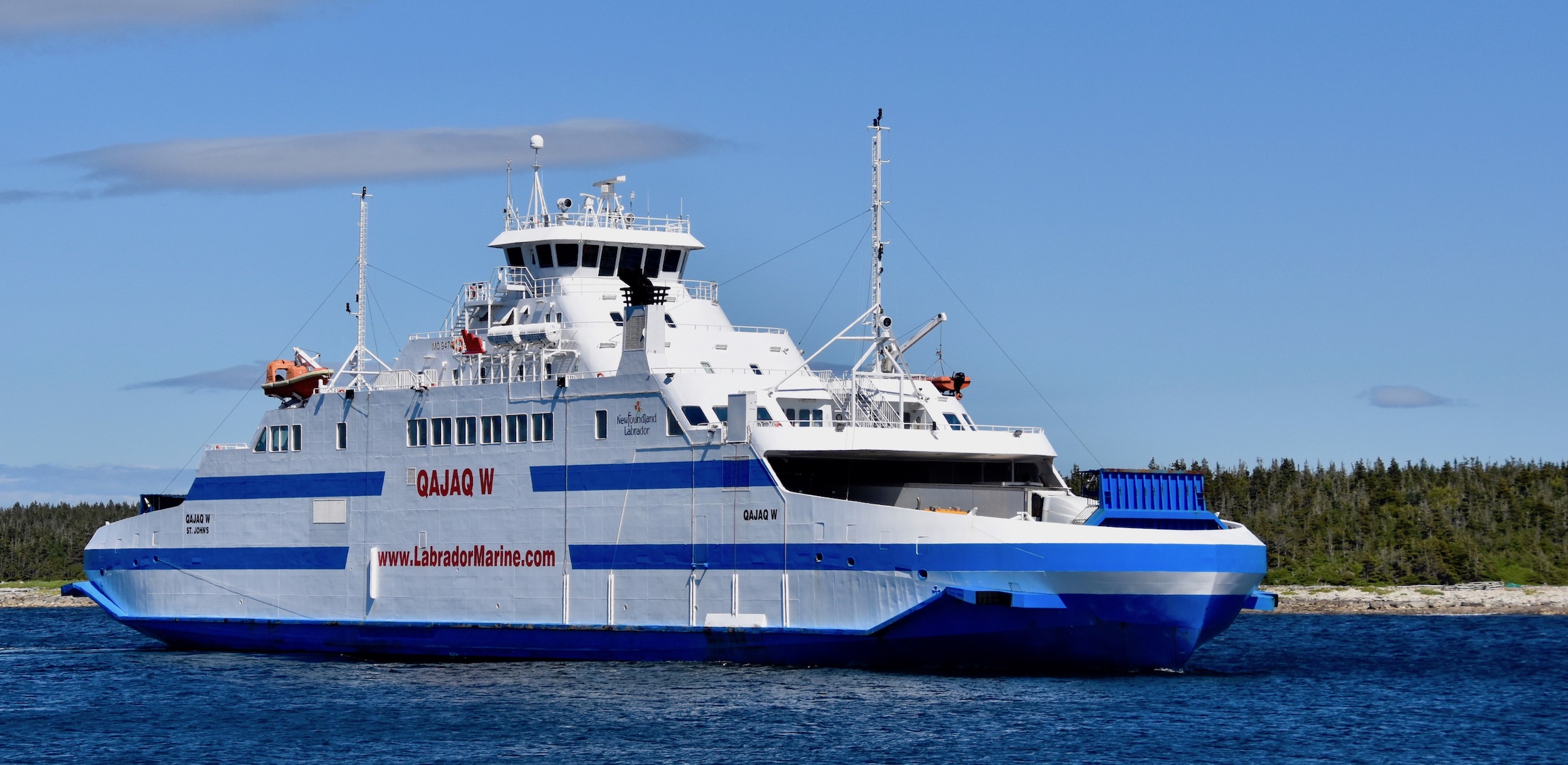
The crossing point from Newfoundland to Labrador is the small port of St. Barbe high up on the Great Northern Peninsula. Reservations during tourist season are a must and can be obtained at this website. The trip on the QajaQ W. takes just under two hours and in the right conditions can be a delight. When Dale and I did it in 2011 it was a beautiful day and we actually saw humpback whales breaching themselves almost totally out of the water. For some reason I cannot fathom, during Covid passengers were not allowed outside so the trip was nowhere near as pleasant as the first one.
The ferry actually arrives at the small Quebec town on Blanc Sablon which is only a few kilometres from the Labrador border. Before preparing for your trip to Labrador you really need to concentrate on your itinerary as there are few accommodations. If you are going to Battle Harbour, and you absolutely should, then you are going have to spend the first night somewhere in southeast Labrador or Quebec because you cannot make the 11:00 AM departure time from Mary’s Harbour to Battle Harbour. We stayed at the Auberge Quatre Seasons in Blanc Sablon. It is pretty laid back and has a variety of rooms. There are only a few restaurants to choose from in the area and don’t expect gourmand Quebecoise cuisine.
If you have some time on your hands after the ferry lands check out the Lourdes-de-Blanc-Sablon Shrine which is on the same hill that Jacques Cartier planted a cross on in 1534. There is a great view from up here and you can see small Greenly Island where the first successful east to west crossing of the Atlantic by an aeroplane ended. The three members of the crew of the Bremen were actually headed for New York from Ireland, but got lost and eventually pulled off a landing in this remote place. I love stumbling across places like this where important events in history took place, but are virtually forgotten today.
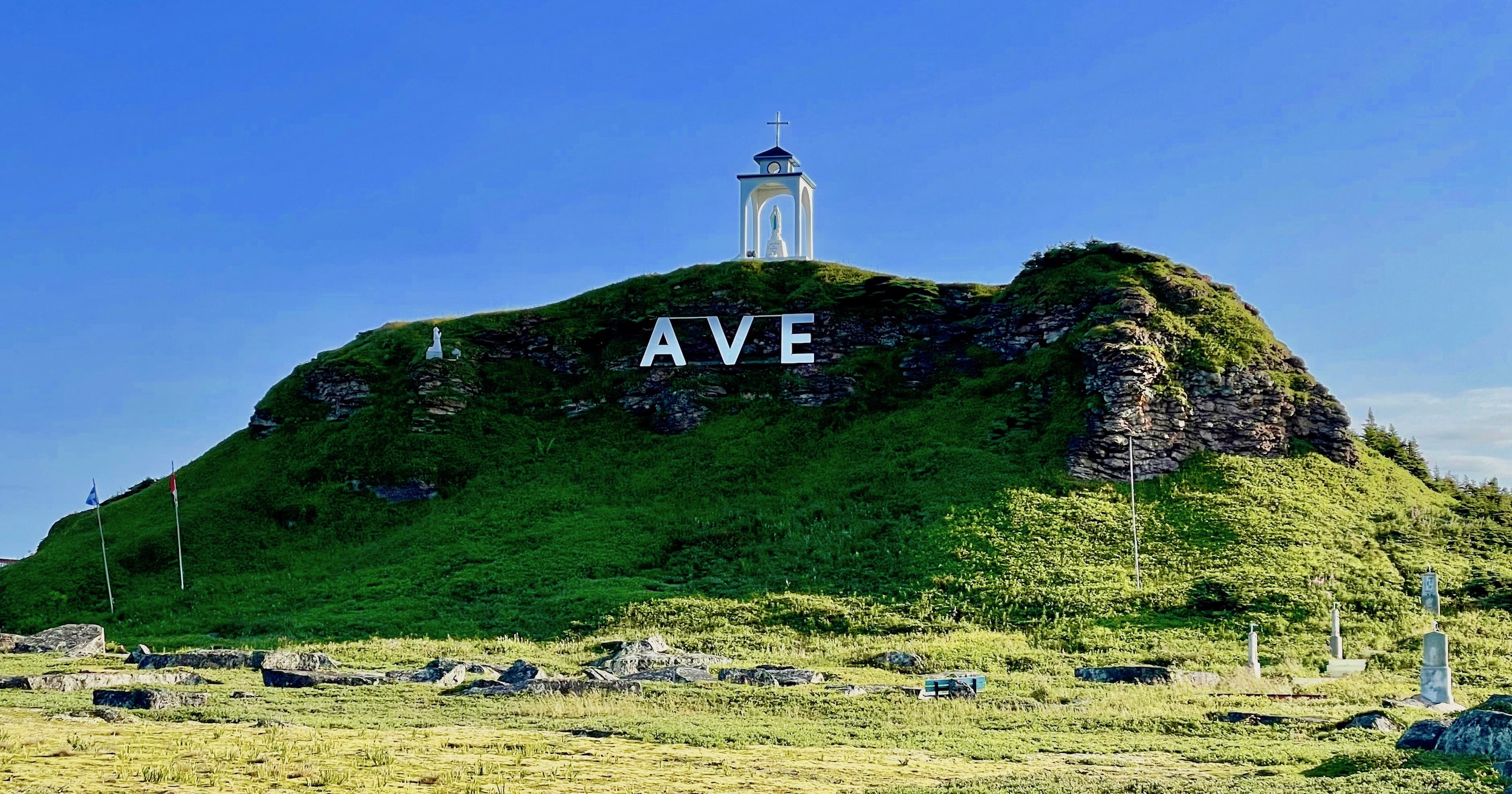
One thing that can be confusing is the one and a half hour time difference between the Quebec side and the Labrador side. It does not apply to the ferry schedule which operates only on Newfoundland time. So if you are returning to St.Barbe as we will be in a few days, don’t assume you have an extra 1½ hours to catch the ferry from wherever you are coming from. Likewise if you do stay in Quebec, remember to add that 1½ hours once you cross the border.
If you want to stay in Labrador near the ferry terminal you will need to book The Florian Hotel in Forteau well in advance. It certainly would have been our first choice, but even during Covid it was booked solid. It would be a great place to use as a base to explore Point Amour and Red Bay before moving on to Battle Harbour. Unlike the Quatre Seasons, it has a restaurant and bar and you won’t have to deal with the time change issues.
Okay, time to head out on the Trans-Labrador Highway
Point Amour
Our first stop is a short detour on a dirt road not far past Forteau that leads to the Point Amour lighthouse which is the tallest in Atlantic Canada. Before reaching it you will come across an amazing site right beside the road. It has been identified as the grave of an adolescent and is between 8,100 to 8,600 years old, making it the oldest known gravesite in all of North America.
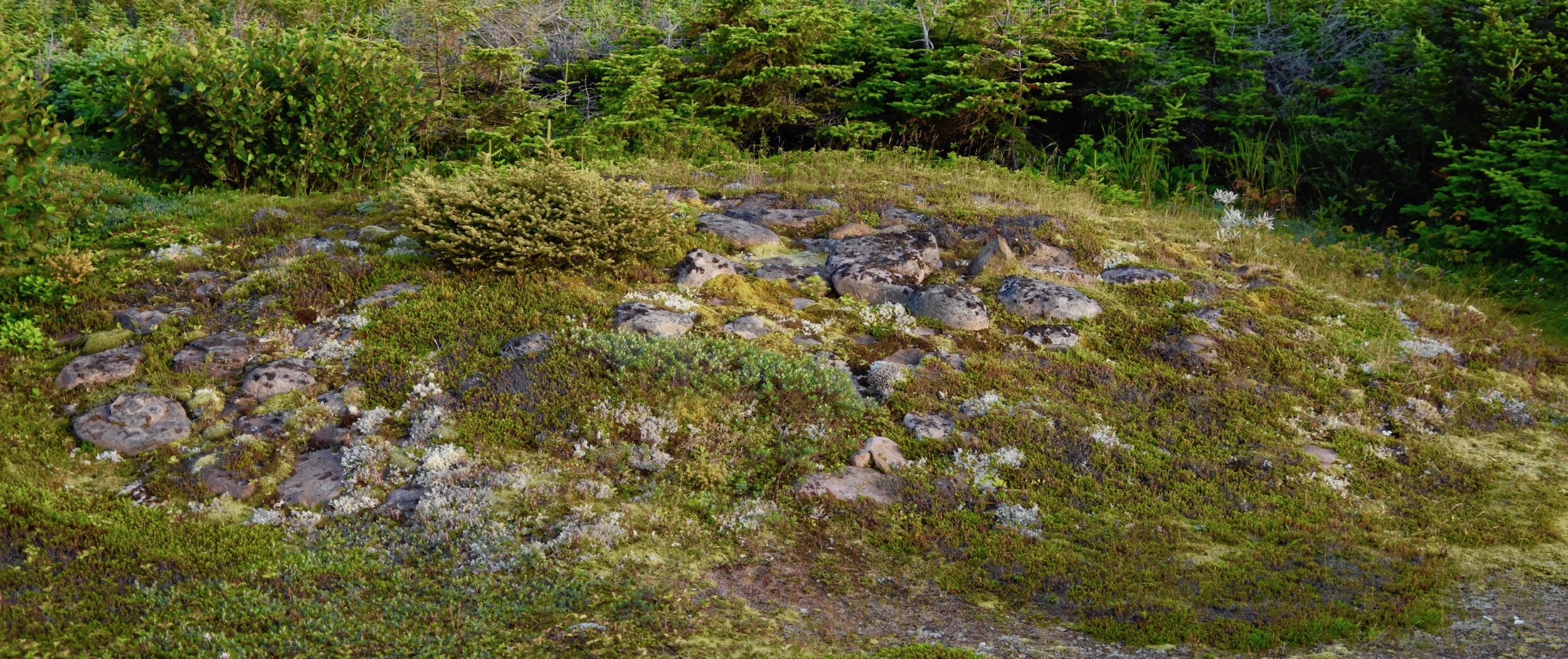
It is part of L’Anse Amour National Historic Site which is one of the largest archaeological sites ever found relating to the Maritime Archaic Indians who we learned about in our visit to Port aux Choix. Apparently they lived in this area for an incredible 7,000 years relying upon the abundant sea life in the Strait of Belle Isle area. Why they disappeared completely around 2,000 years ago remains one of Canada’s great archaeological mysteries. Standing by the grave of this young girl and knowing these facts it’s very humbling to think that the presence of all peoples who came after the Maritime Archaic whether First Nations or Europeans have only been here a fraction of the time that they survived in this seemingly hostile environment.
At 33 metres (108 feet) the Point Amour lighthouse is the tallest in Atlantic Canada and second tallest in all of Canada, only one metre shorter that Cap-des-Rosiers lighthouse on the Gaspe Peninsula. It’s also one of the most elegant with its perfectly conical design with a black stripe and red top. Built between 1854 and 1857 it has been protecting shipping passing down the Strait of Belle Isle for over 160 years.
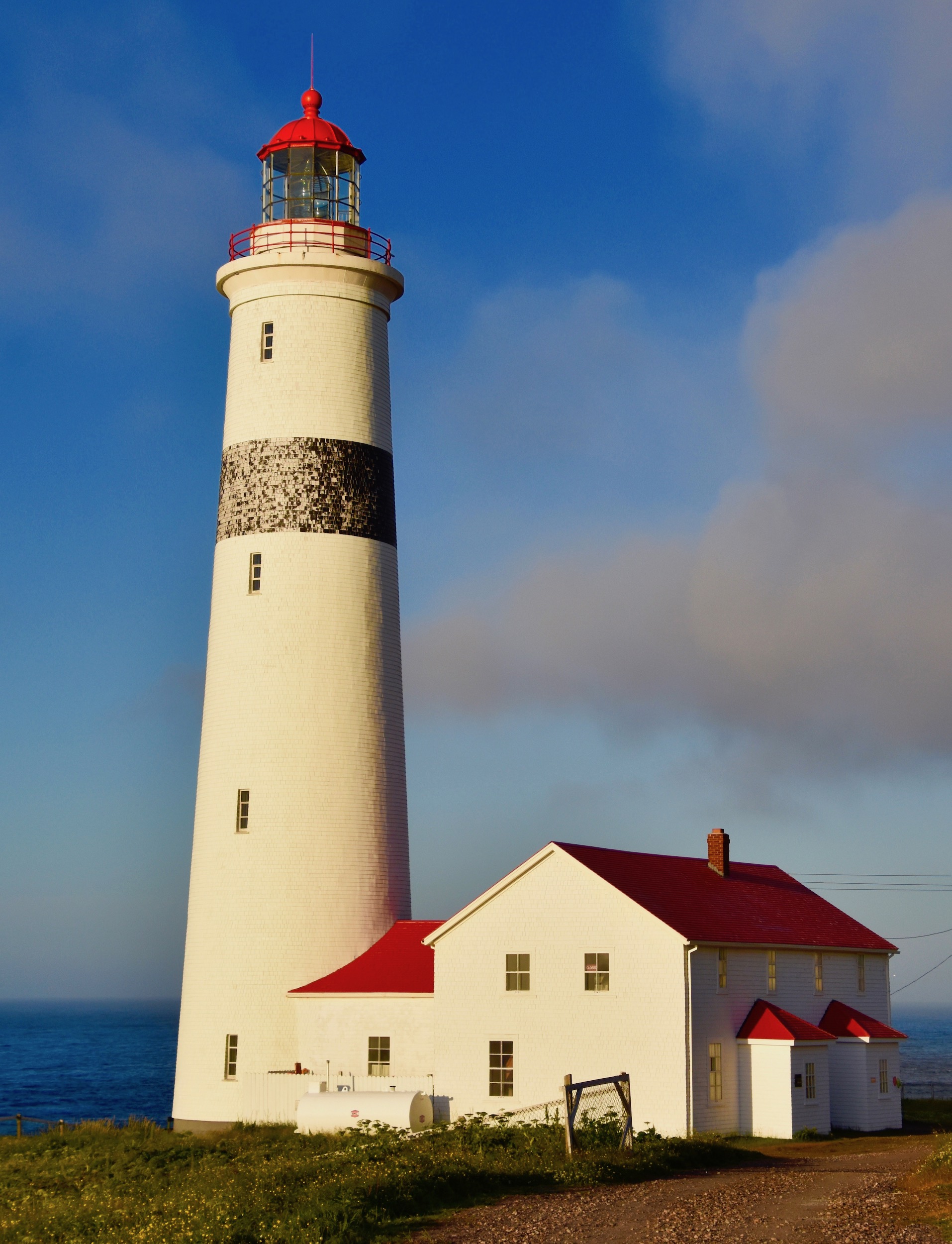
When Dale and I visited the lighthouse was open and you could climb to the top for an incredible view.
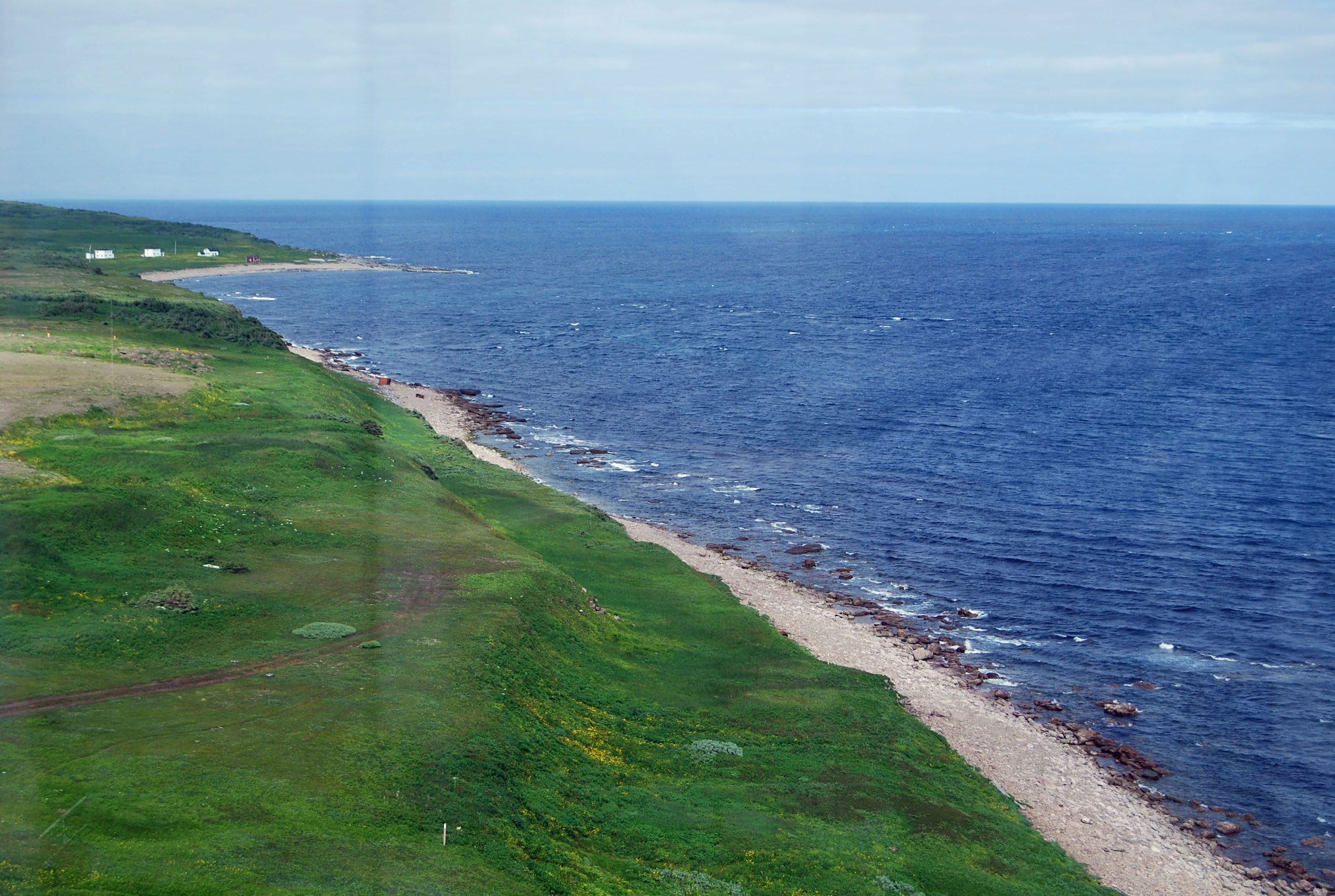
You could also look down at another amazing site (it doesn’t take long to realize that Labrador is a pretty amazing place and I’ll be using that word a lot in these posts). Those rectangular stone blocks are archaeocyathids which is a fancy word for fossilized sponges. It is an extremely rare phenomenon found in only a few places around the world.
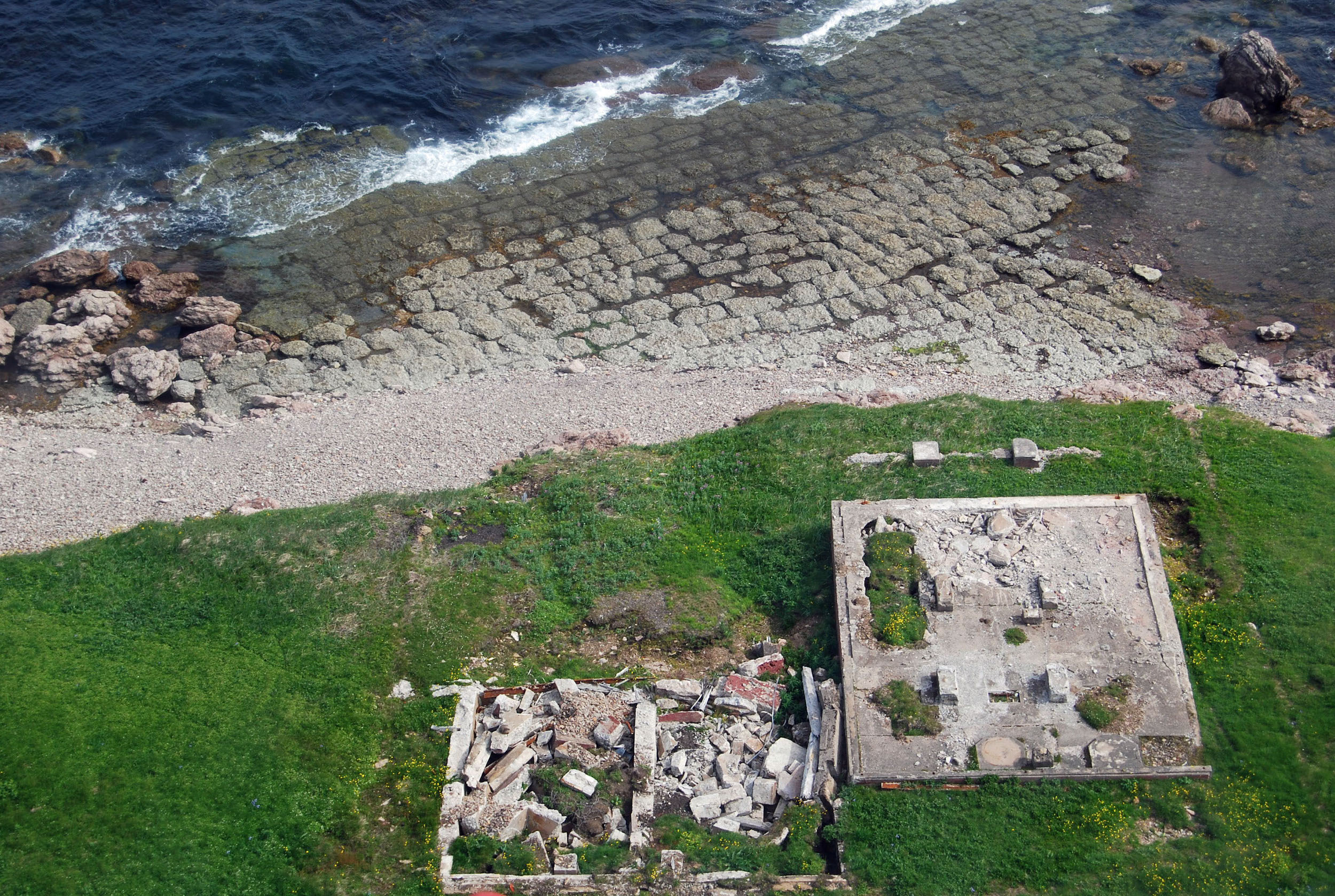
When Alison and I visited this August the lighthouse was closed, presumably because of Covid and I expect that when that is under control it will reopen as it’s one of the top attractions in southeast Labrador.
Continuing on you come to some beautiful inland vistas near the Pinware River and you begin to get an idea of why Labrador is called The Big Land.
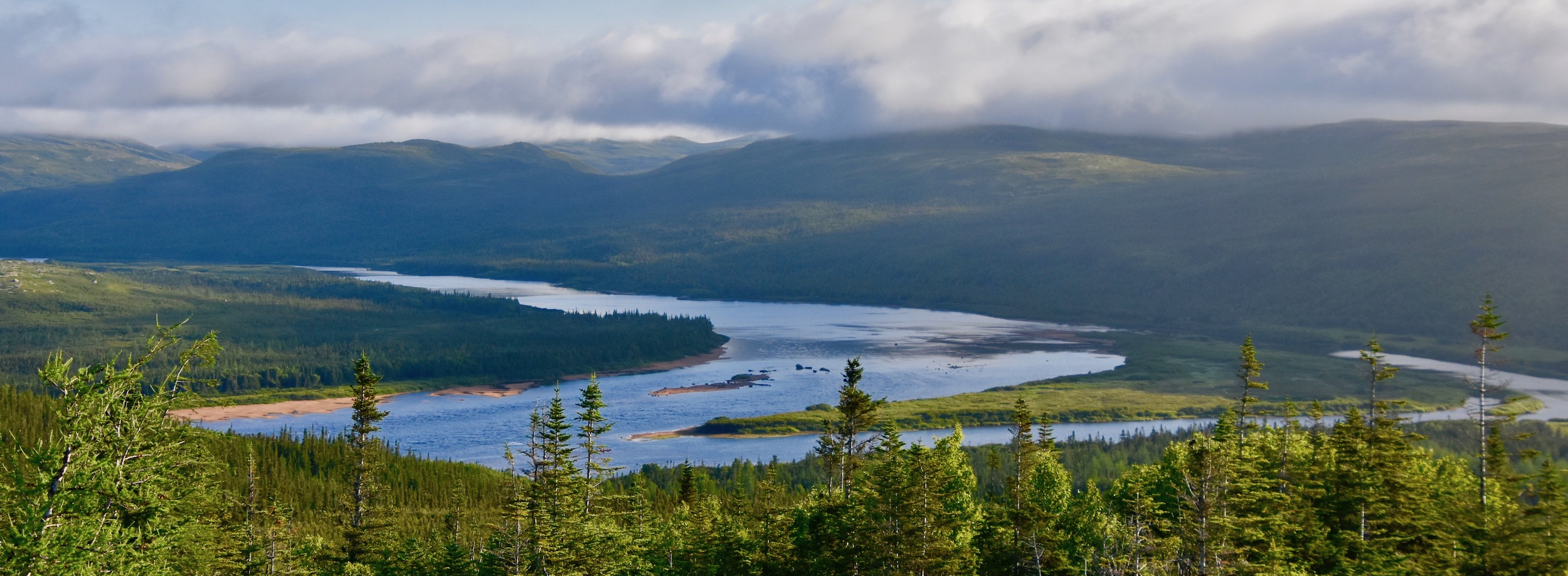
The Pinware is one of Labrador’s famed salmon rivers which has cut this small canyon as it enters the Gulf of St. Lawrence where you’ll find Pinware River Provincial Park.
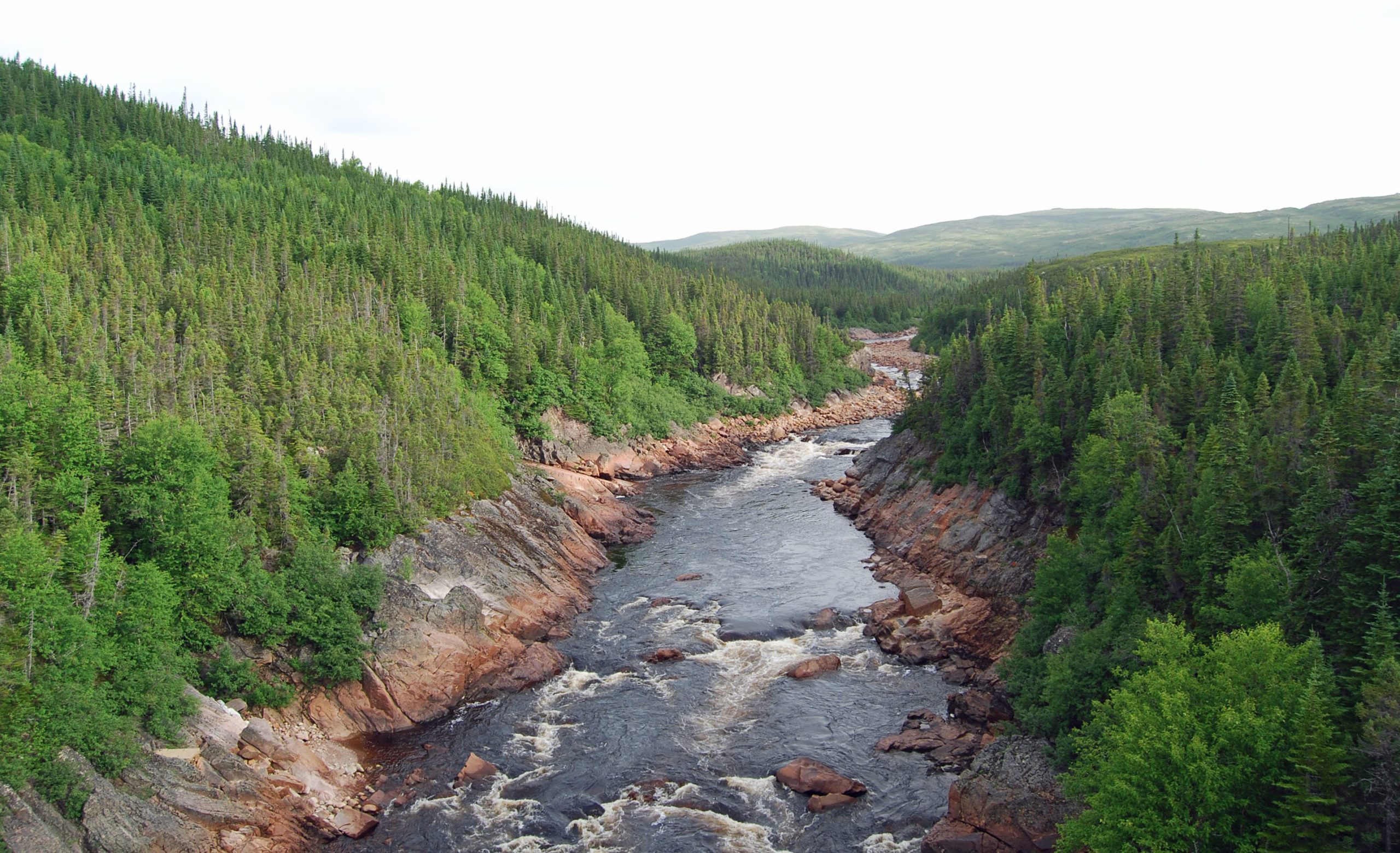
Dale and I camped here in 2011 and it’s definitely worth taking the short side trip to the park to walk the beach where the river meets the sea. You might even see a black bear as we did then – thankfully, it was on the opposite side of the river.
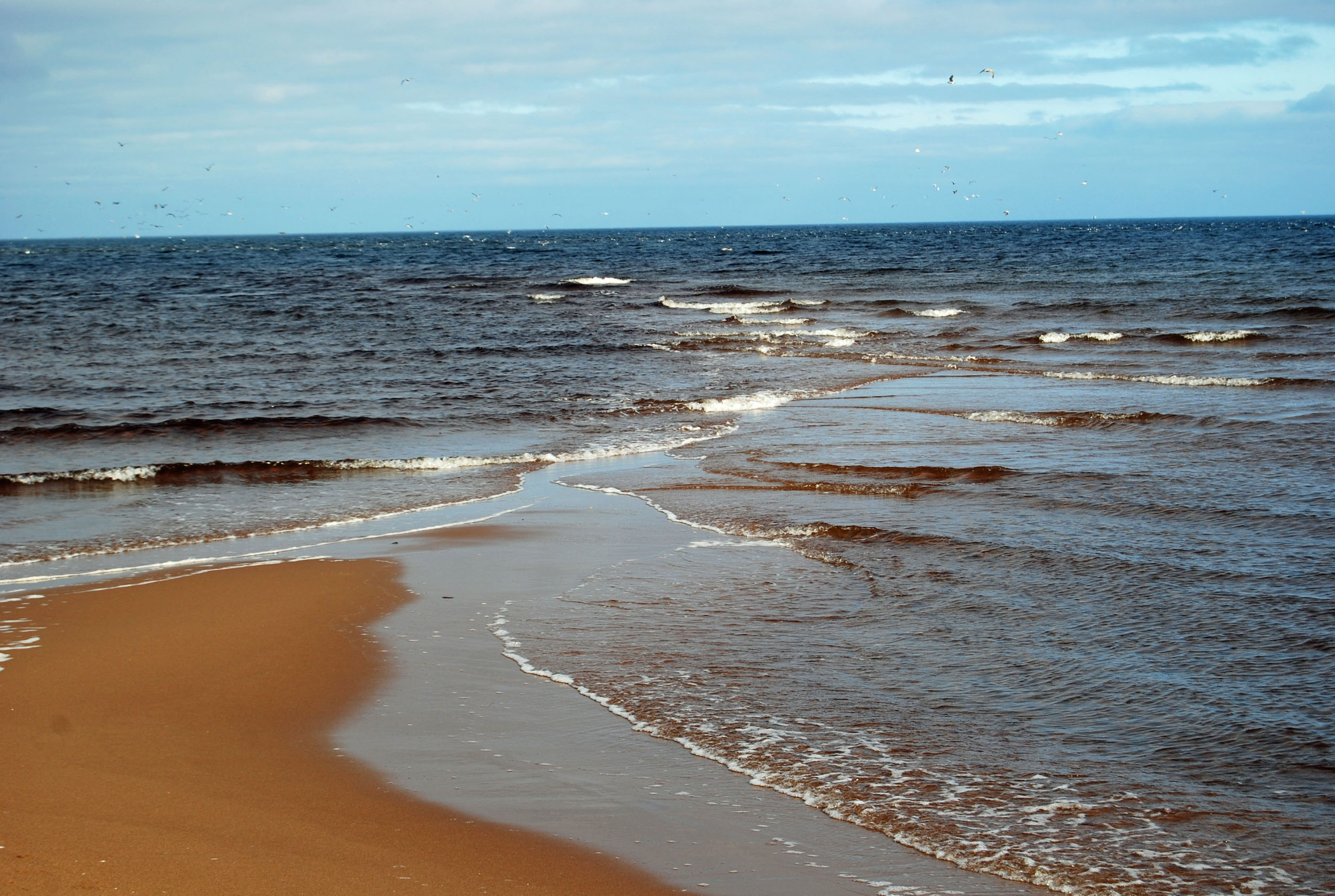
In 2011 the pavement ended around this point and the road to Mary’s Harbour was bone rattling washboard, but in 2021 it is a great highway to drive with lots of places to turn out and enjoy the scenery that includes some whimsical items on the portion between the Pinware River and Red Bay, like this tiny house.
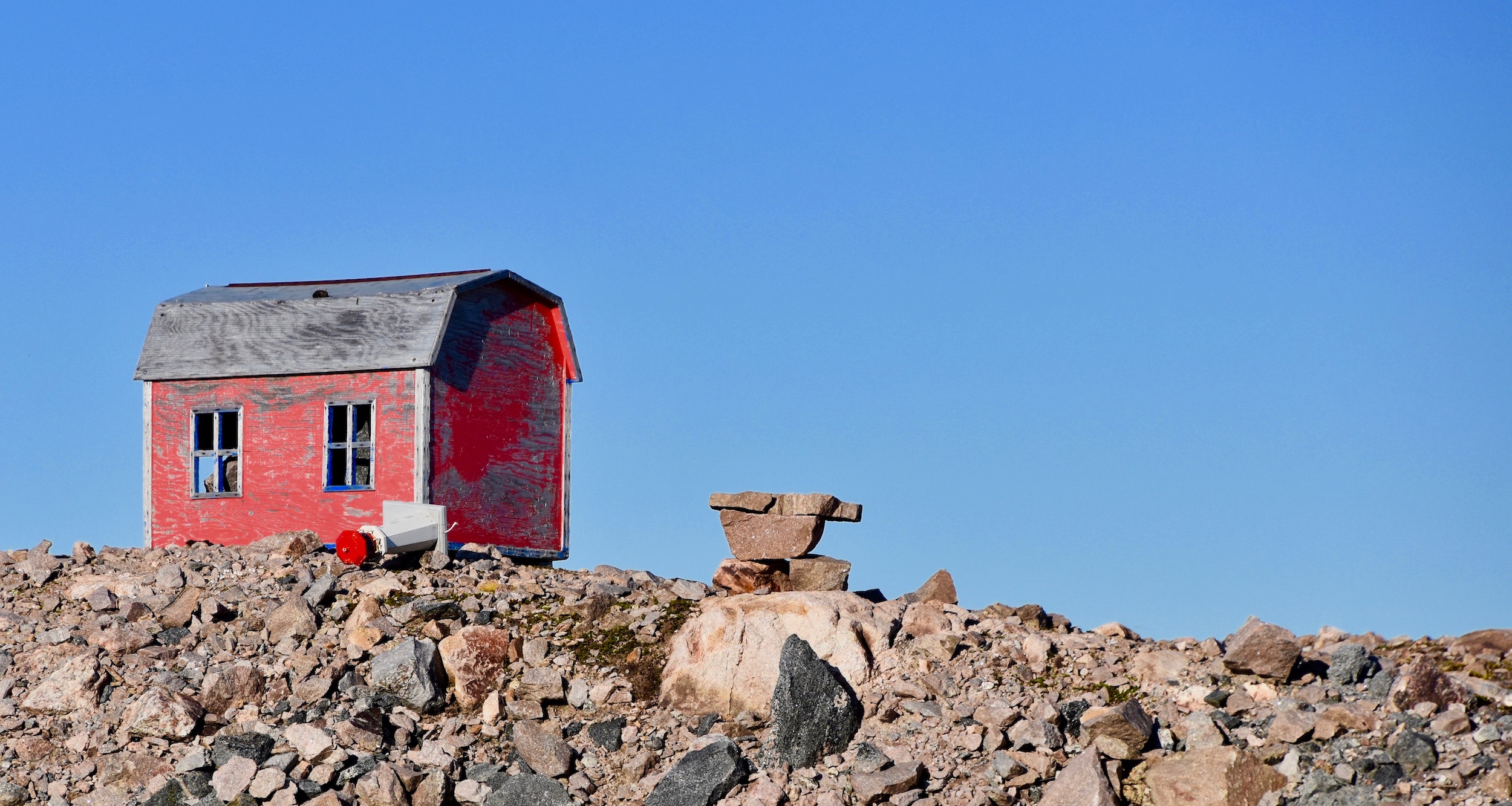
Or this non-rocking rocking horse.
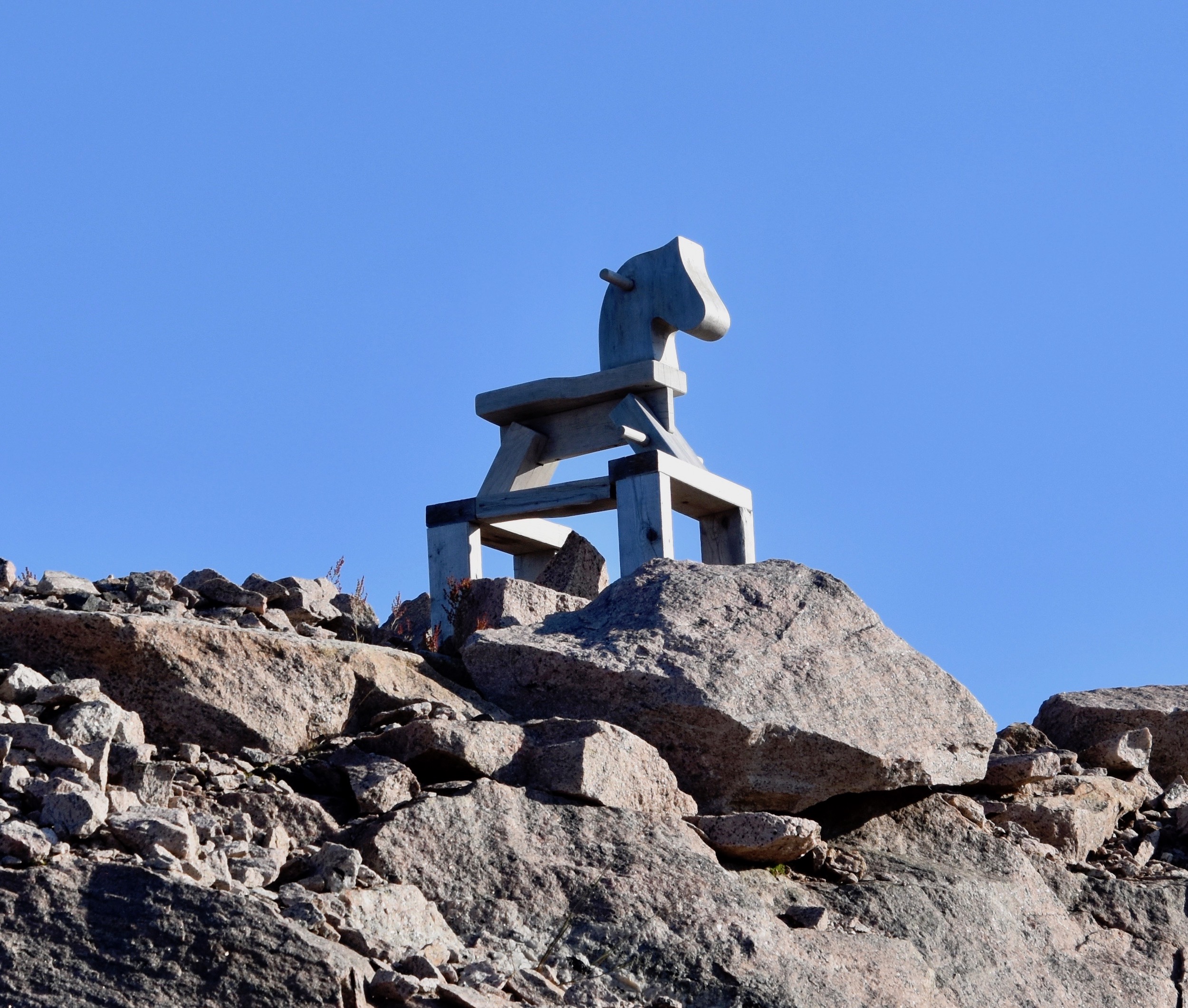
You can’t help but be in good cheer as you head into Red Bay where in the next post we’ll visit our second UNESCO World Heritage Site on this trip. Please join us there.

